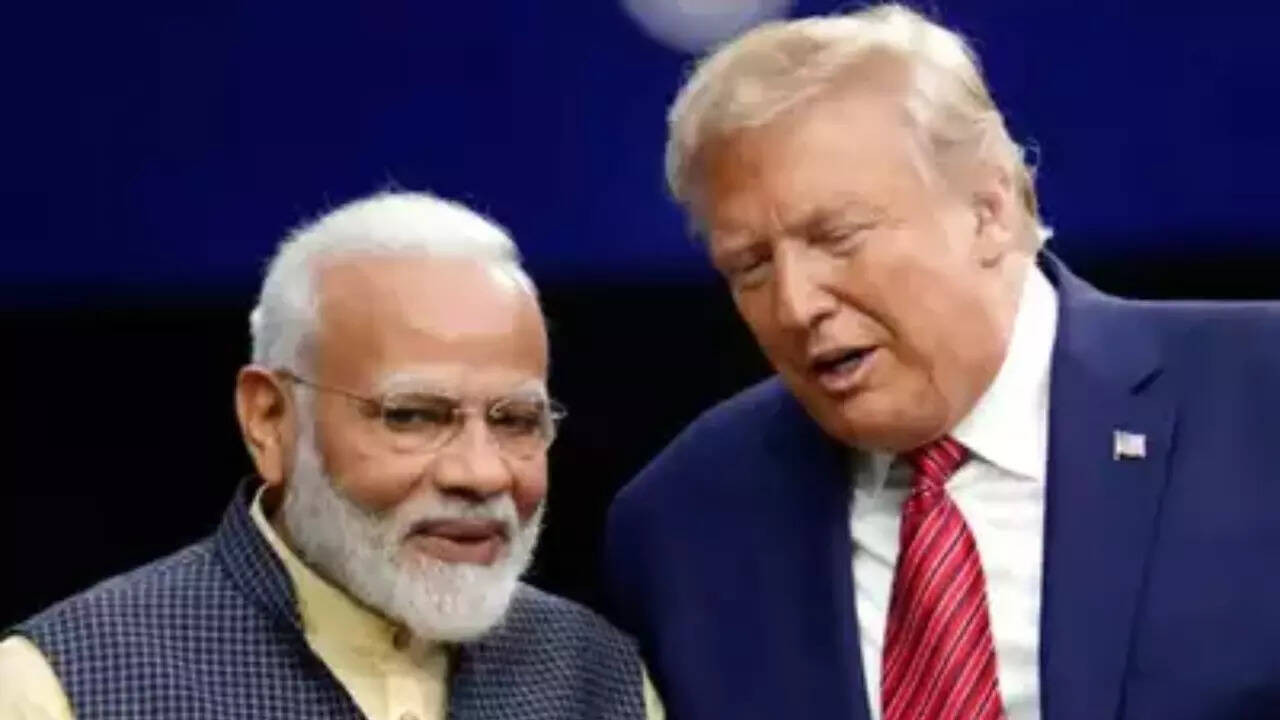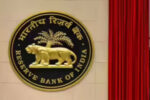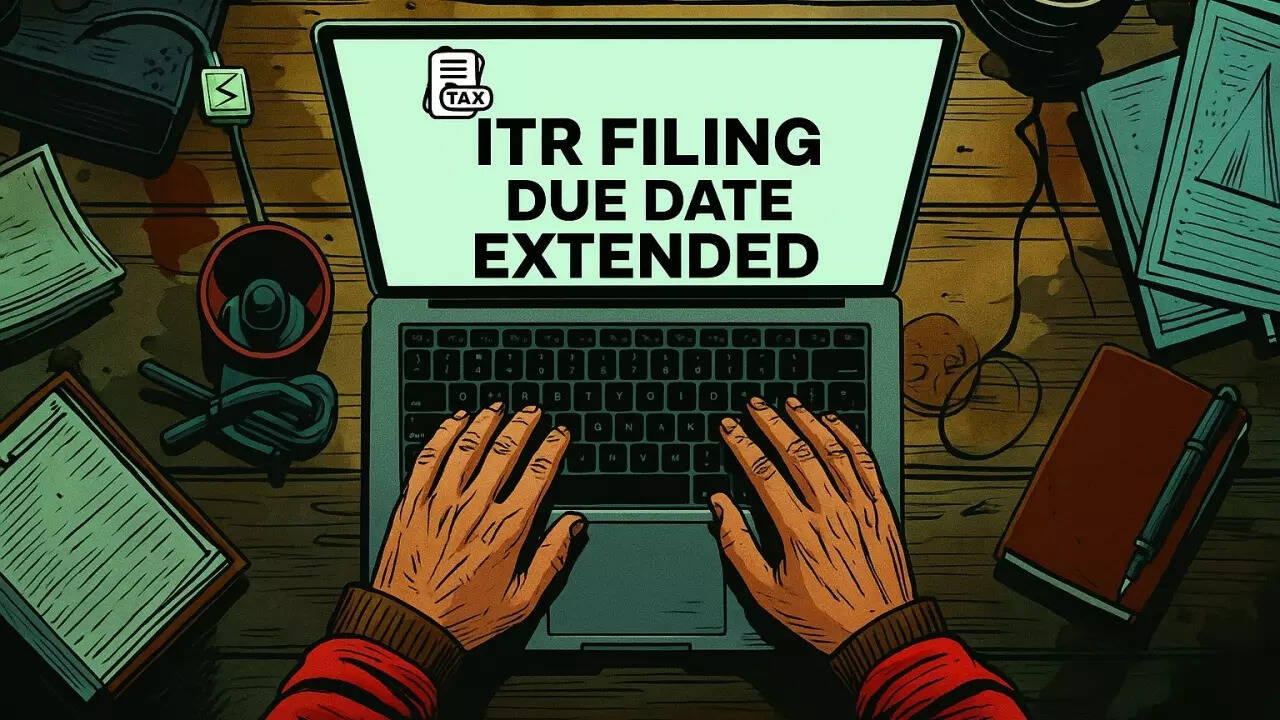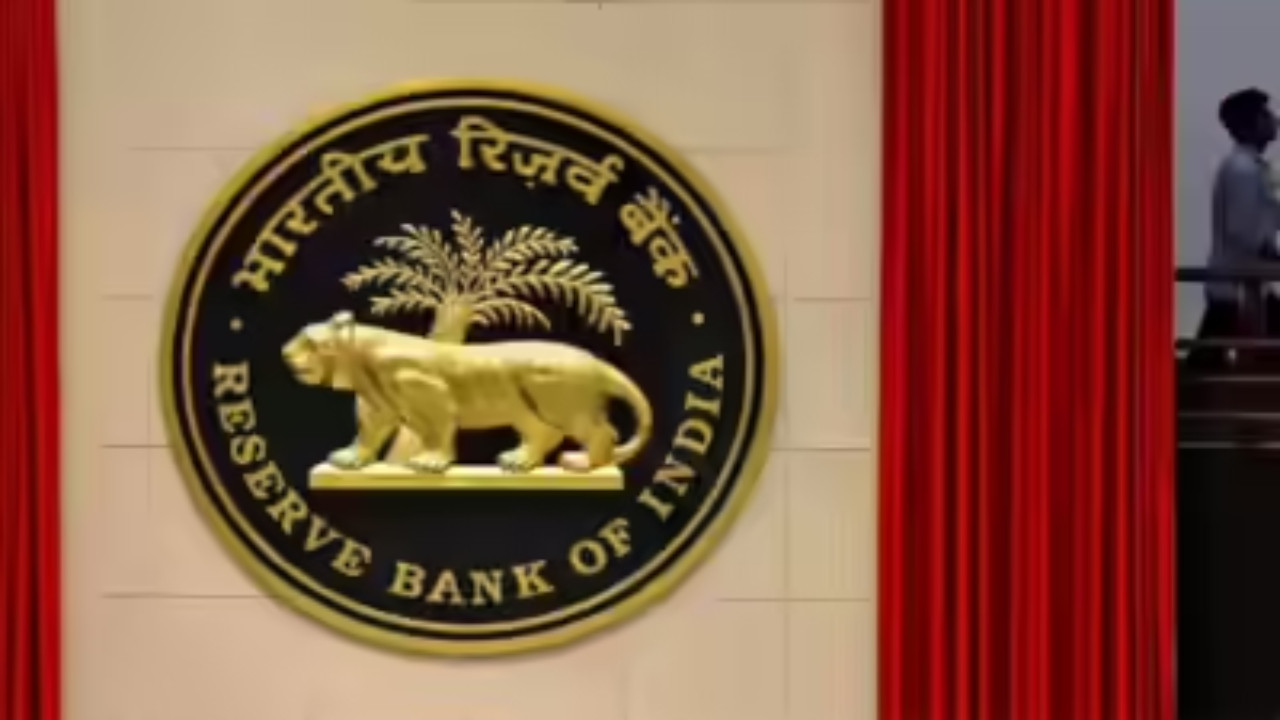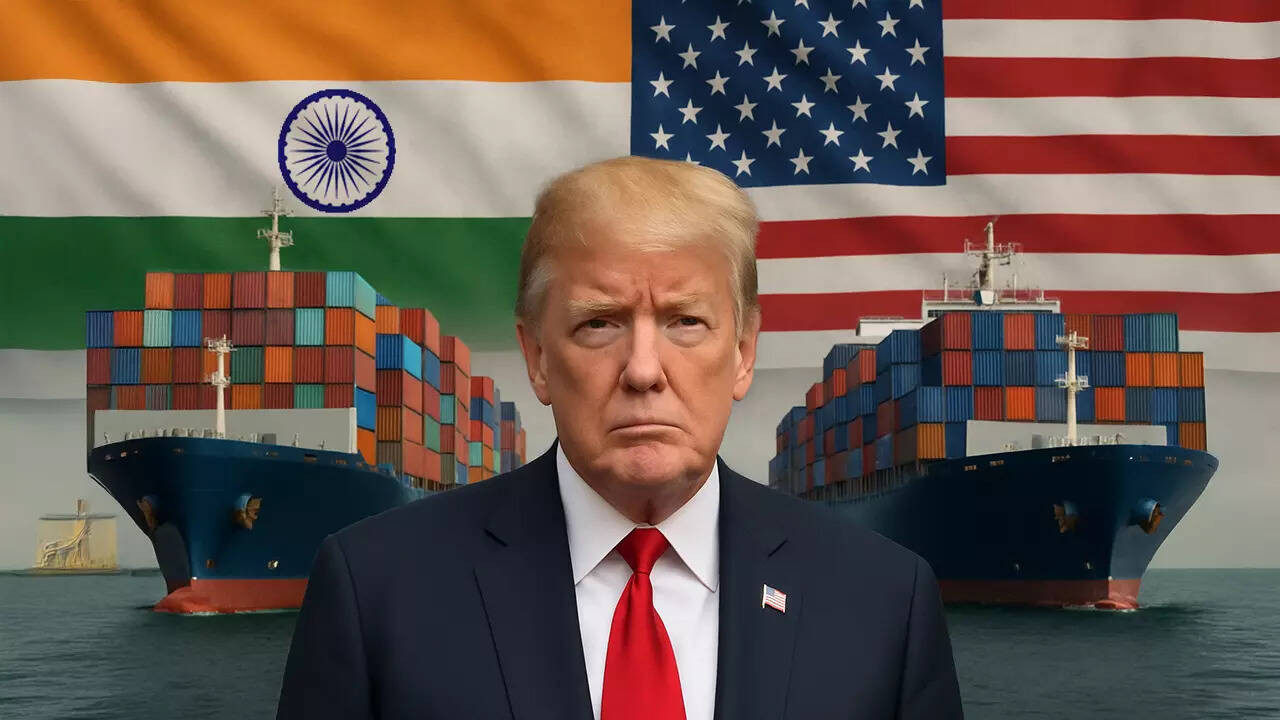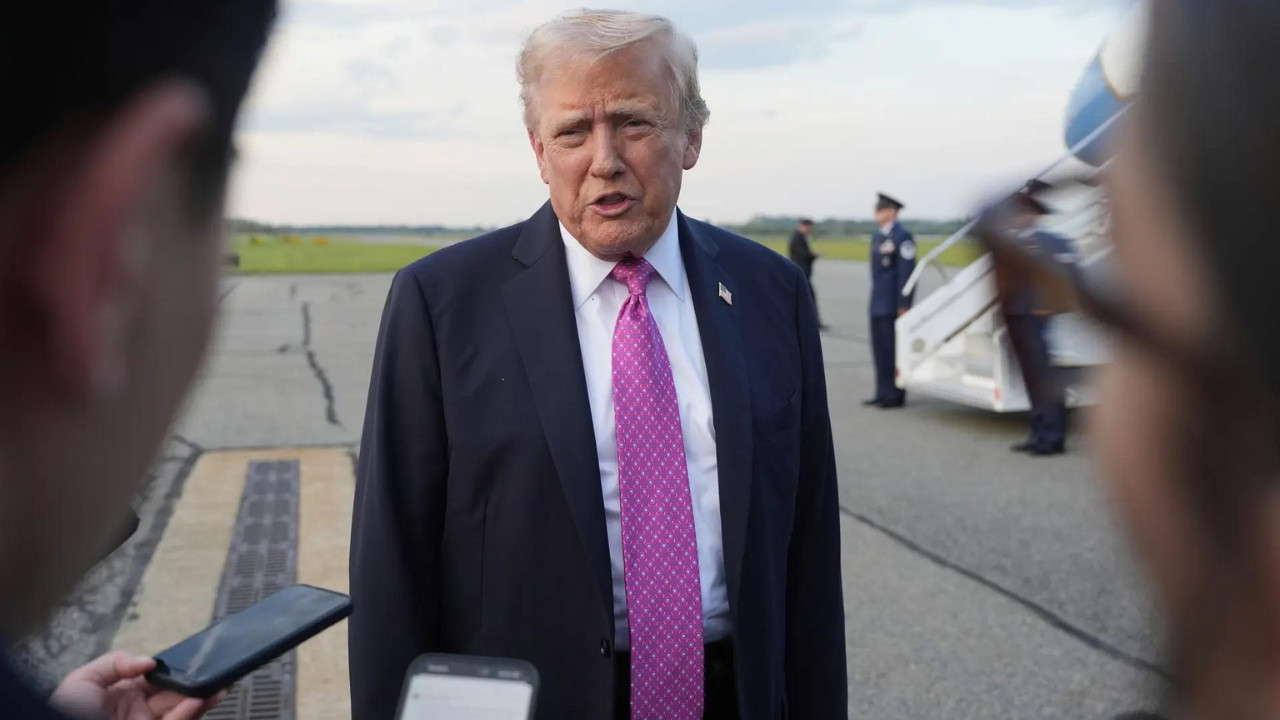US Senator Lindsey Graham proposes a 500% tariff on countries still trading with Russia, aiming to cripple Putin’s war efforts in Ukraine. The bill targets nations like India and China, major buyers of Russian oil. India, now heavily reliant on Russian oil, faces potential tariffs on its exports to the US, despite ongoing trade agreement negotiations.
The World Holds Its Breath: Will 500% Tariffs Reshape India’s Trade with Russia?
The geopolitical chessboard just got a whole lot more complicated. Whispers in Washington are turning into roars as a proposal gains traction to impose crippling tariffs – a staggering 500% – on nations that continue to engage in significant trade with Russia. This isn’t just a slap on the wrist; it’s a potential body blow to global trade dynamics, with India finding itself squarely in the crosshairs.
The proposal, still under discussion in the US, aims to tighten the screws on Russia’s war machine by choking off its economic lifelines. While the US and its allies have already implemented a series of sanctions, some argue they haven’t gone far enough. The new tariffs are designed to dramatically increase the cost of doing business with Russia, effectively making it economically unviable for many countries. But what happens when the cost of complying is also steep?
India’s relationship with Russia is multifaceted, rooted in historical ties, defense cooperation, and energy security. Russia remains a key supplier of military equipment to India, and the two nations have deepened their energy partnership in recent years. After Western sanctions, India ramped up its intake of discounted Russian crude oil, providing a crucial revenue stream for Moscow while helping India manage its energy needs. This delicate balancing act is now facing unprecedented pressure.
What the Threat of 500% Tariffs Means for India
The implications of such a drastic tariff hike are far-reaching. For Indian businesses, the immediate impact would be a significant increase in the cost of imported goods from Russia, potentially making them uncompetitive in the global market. Sectors reliant on Russian commodities, such as fertilizers, certain metals, and of course, crude oil, would face immediate price shocks.

But the ripple effects extend beyond direct trade. Indian exporters could also be affected if they use Russian-sourced components in their products, as the higher cost of these components would impact their competitiveness. Moreover, the mere threat of these tariffs could create uncertainty and discourage investment in sectors with ties to Russia.
The question is: how much pain is Washington willing to inflict to achieve its goals? And, more importantly, how much economic disruption can India absorb before its own growth is jeopardized?
Navigating the Shifting Sands of Global Trade
India faces a difficult choice. On one hand, it values its strategic partnership with Russia and seeks to maintain its energy security. On the other hand, it cannot afford to alienate the US, its largest trading partner and a key strategic ally. Walking this tightrope requires careful diplomacy and a proactive approach to diversifying its trade relationships.
One potential strategy is to explore alternative sources of supply for key commodities. This could involve strengthening partnerships with other resource-rich nations and investing in domestic production to reduce reliance on imports. Another approach is to engage in constructive dialogue with the US, highlighting the potential consequences of the tariffs on India’s economy and advocating for a more nuanced approach. It would be a hard decision to make.
This situation also underscores the need for India to accelerate its efforts to enhance its global competitiveness. By improving infrastructure, streamlining regulations, and investing in innovation, India can become a more attractive destination for investment and trade, reducing its vulnerability to external shocks. Furthermore, India should prioritize free trade agreement negotiations with other economic powers to boost domestic markets.
The current crisis, though alarming, also presents an opportunity. It is a chance for India to reassess its strategic priorities, diversify its economic relationships, and strengthen its domestic economy. You can read more about the strategies for international trade and diversification here.
Charting a New Course: What’s Next for India-Russia Trade?
The coming months will be crucial in determining the future of India-Russia trade. While the US decision on tariffs remains uncertain, India must prepare for all eventualities. A proactive and strategic approach, coupled with skillful diplomacy, will be essential to navigate these turbulent waters and safeguard India’s economic interests. The world is watching, waiting to see how India will chart its course in this new era of geopolitical uncertainty and the impact of a potential 500% tariffs shockwave.
